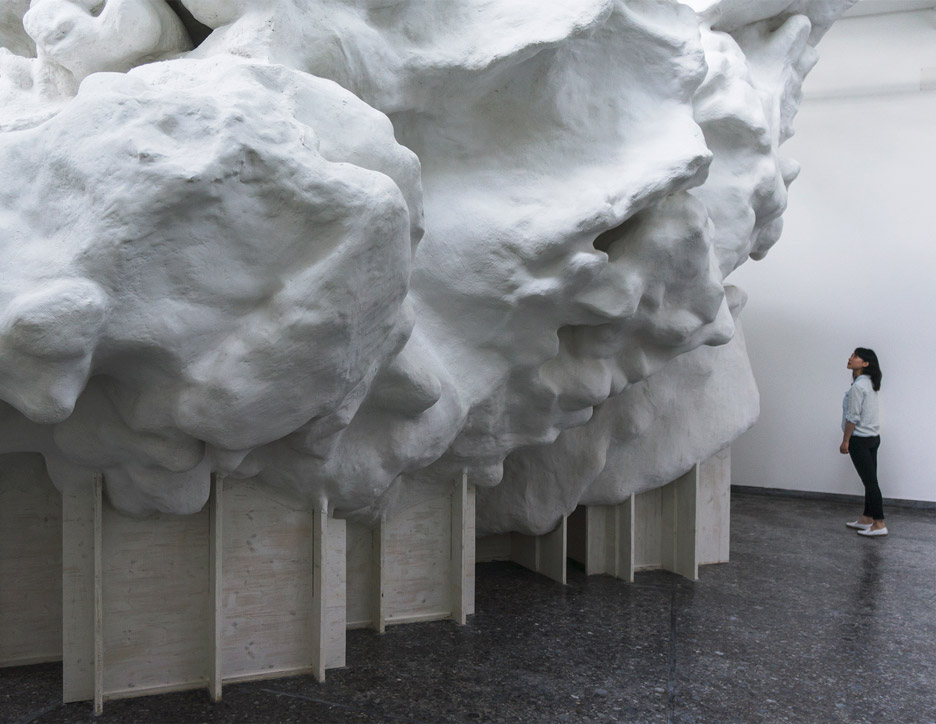Venice Biennale heralds return of handmade architecture, says Peter Zumthor
Venice Architecture Biennale 2016: a resurgence of handmade architecture is one of the biggest themes to emerge from this year's Venice Biennale, according to Swiss architect Peter Zumthor.
Speaking to Dezeen at a preview of the event yesterday, Zumthor said it was a myth that traditional forms of construction are being replaced by digital processes like 3D printing and robotic fabrication, and insisted that handmade crafts are back in favour.
"The hand is back," he said. "Everyone says that manual labour is dying and the computer is taking over, but no, the computer is just a slave and we are doing the work with our hands still."
Zumthor – who is famous for his humble approach to buildings and preference for simple, unfinished materials – said that he had noticed hand-built structures in numerous exhibitions as part of the Biennale.
"I have seen so many things that are handmade and people taking pleasure in assembling," he said.

Zumthor pointed to the Swiss Pavilion, where architect Christian Kerez has combined craftsmanship with digital processes to build a giant cloud-like structure out of fibre cement.
"I like Christian's way of exploring the world and being playful and exploring new fields," added Zumthor.
Vals-based Zumthor is best known for projects such as the Therme Vals thermal baths in Switzerland, the Kunsthaus Bregenz gallery in Austria and the Kolumba Art Museum in Germany.
He is currently working on a holiday home for Devon, England, and a new building for the permanent collection of the Los Angeles County Museum of Art (LACMA), which also features in an exhibition for the Biennale.
The Venice Architecture Biennale officially opens to the public on 28 May 2016 and continues until 27 November 2016. Dezeen identified some of the key themes that emerged ahead of the event, ranging from the housing crisis to robotic construction.